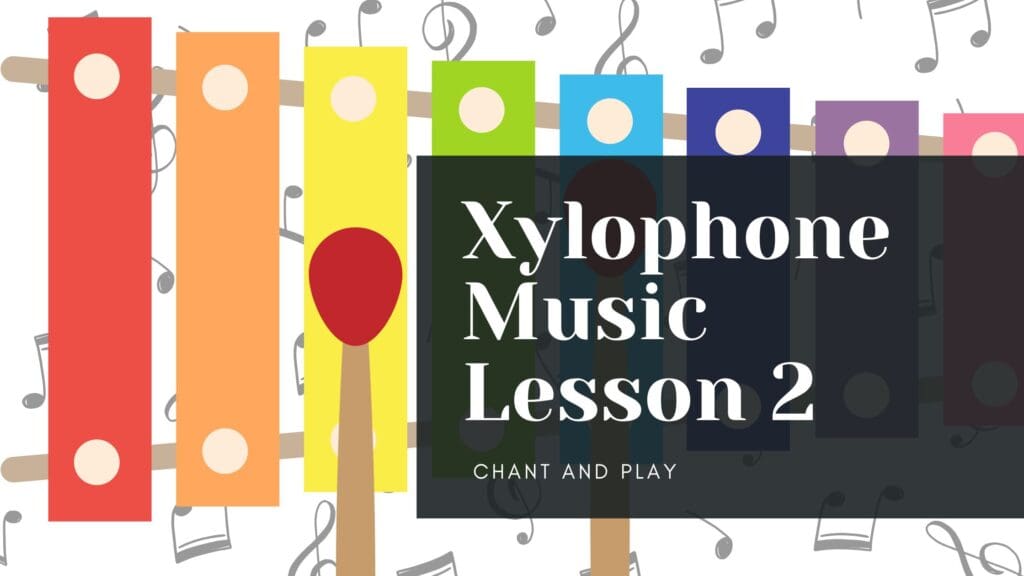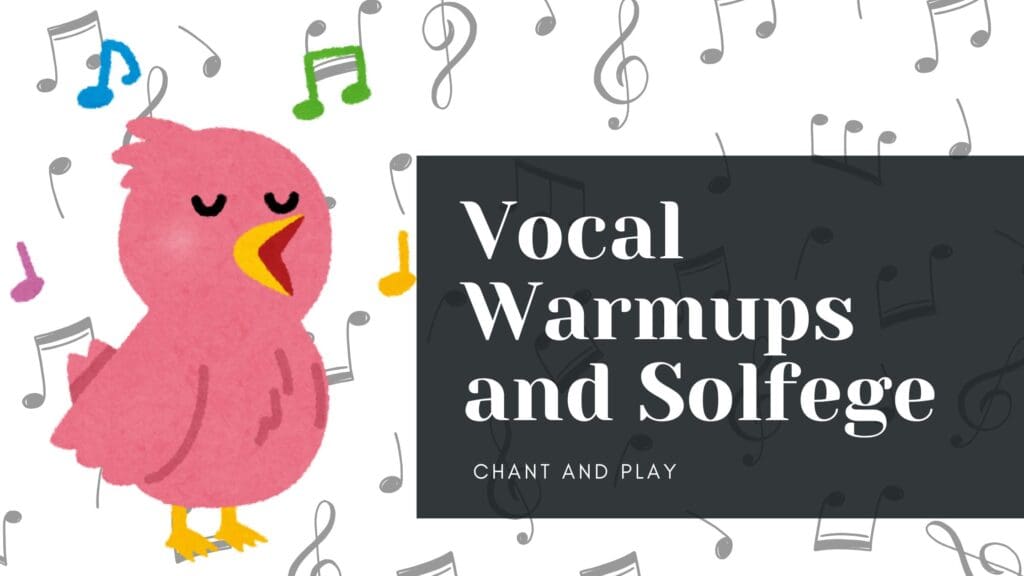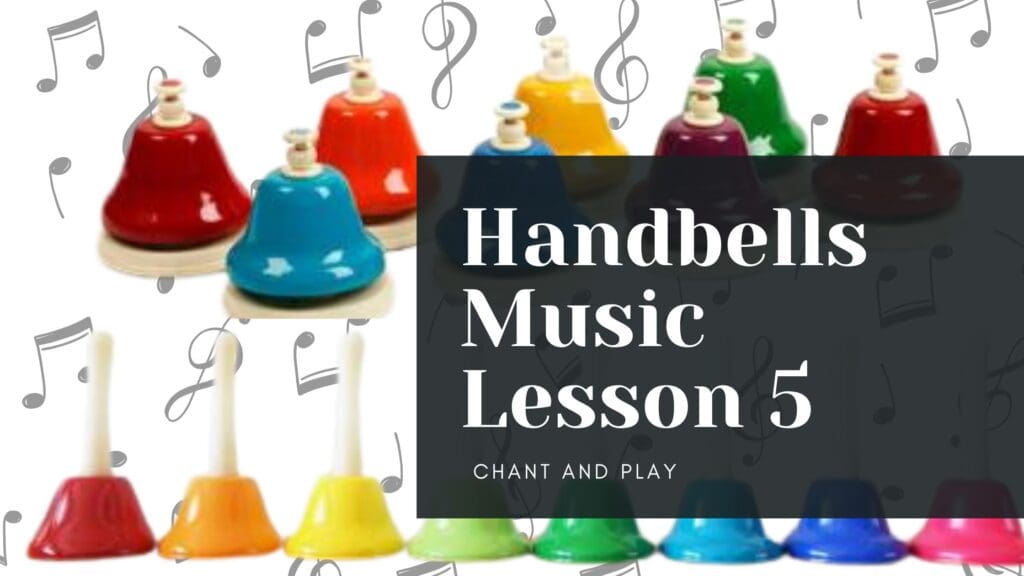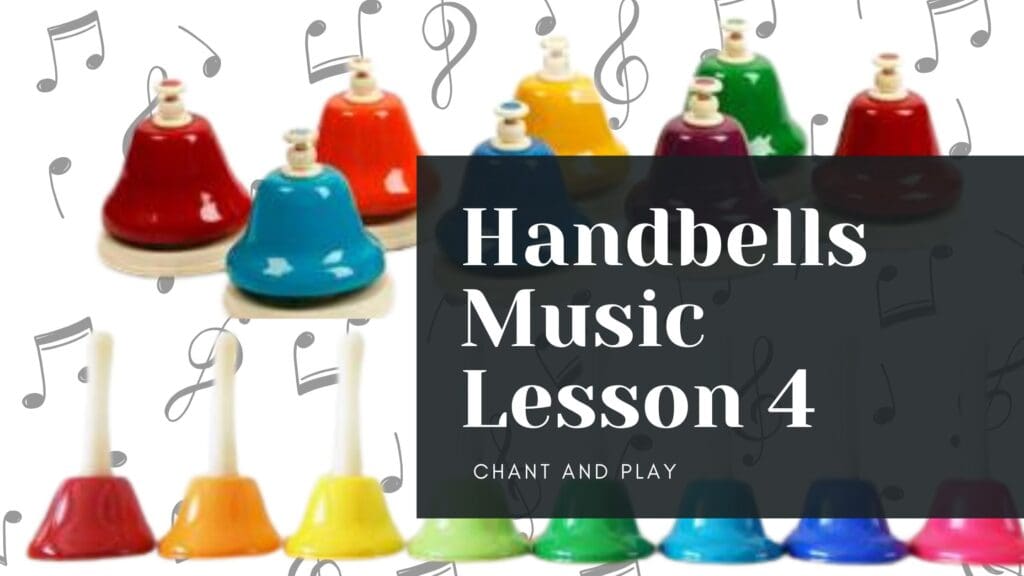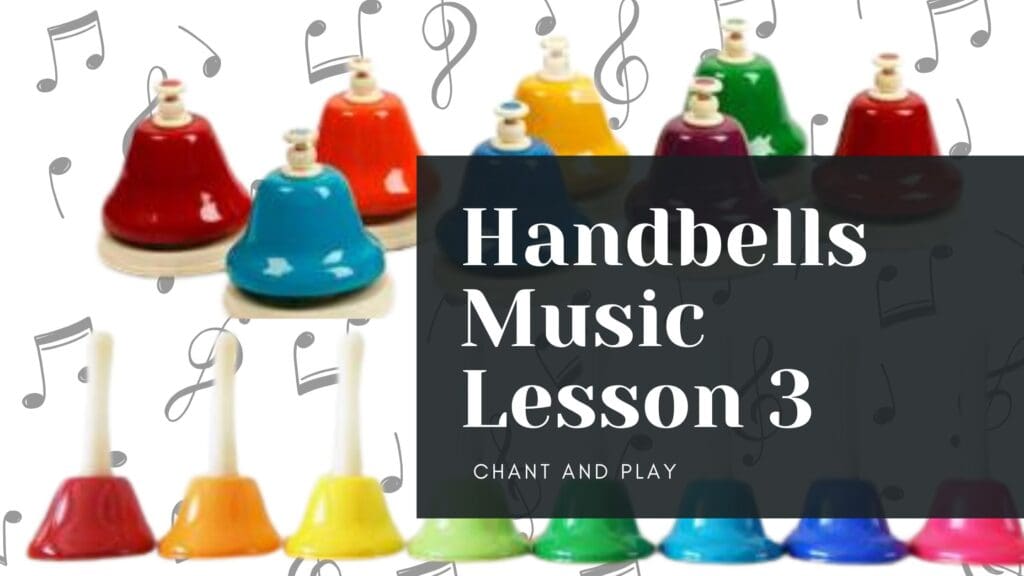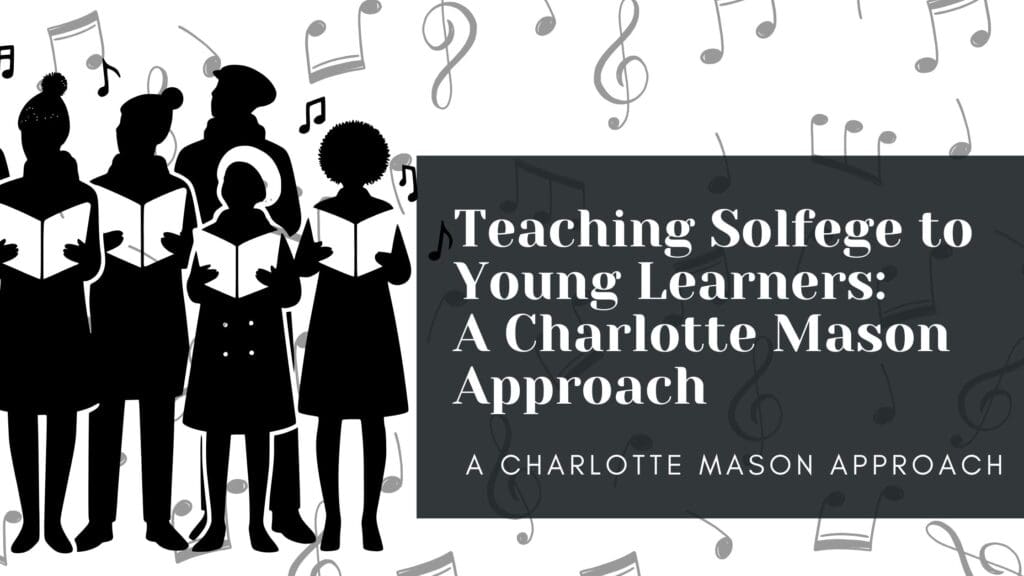Below, I have created a self-paced beginning chant curriculum that I am following. This is a great study guide for beginners of chant.
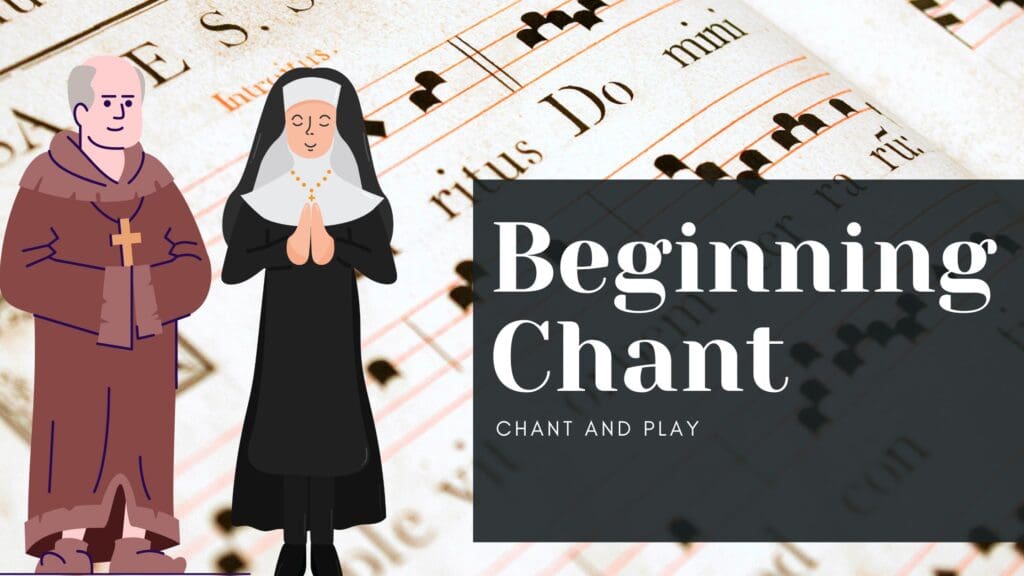
Hello, I am on my journey to learning chant alongside you. I began this journey while learning about the Liturgy of the Hours at the Oblate School of Theology. Since then, I’ve been listening to Sing the Hours. I’m also practicing my basic Latin grammar and learning about Gregorian chant.
Like you, I am also beginning chant from scratch. I find great pleasure in learning chants while tutoring young music students.
Below, I have created a self-paced curriculum that I am following. I plan to revise it as needed so it will be helpful to the readers of Chant and Play. In the future, I look forward to integrating chant into the Chant and Play music program.
Here’s a simple study plan for beginners learning Catholic Gregorian Chant:
Introduction to Gregorian Chant
- Read: Basic history and purpose of Gregorian chant in the Catholic Church.
- Listen: Examples of Gregorian chants (e.g., Salve Regina, Kyrie Eleison).
- Practice: Singing simple melodies using solfège (do-re-mi).
- Resource: Liber Usualis (online version) for reference.
Understanding Neumes & Notation
- Learn: Square notation and 4-line staff system.
- Study: Simple neumes (punctum, virga, podatus, clivis).
- Resource: Introduction to Gregorian Chant Notation (online tutorials).
Modes and Scales
- Learn: The 8 Gregorian modes (Dorian, Phrygian, Lydian, Mixolydian, etc.).
Latin Pronunciation & Chanting Techniques
- Study: Ecclesiastical Latin pronunciation rules.
- Practice: Pronouncing common chant texts
Rhythm & Interpretation
- Learn: Gregorian chant rhythm (no strict meter, flowing speech-like phrasing).
- Practice: Reading chants with ictus (beat indication).
- Resource: Videos on Solesmes method (most widely accepted chant interpretation).
Singing the Mass Ordinaries
- Study: Common Gregorian Mass parts (Kyrie, Gloria, Sanctus, Agnus Dei).
- Practice: Singing one simple setting (e.g., Missa de Angelis).
Chanting the Divine Office
- Learn: Structure of the Liturgy of the Hours (e.g., Lauds, Vespers, Compline).
- Practice: Singing simple psalm tones and antiphons.
- Sing: The Salve Regina or another Marian antiphon.
📚 Books on Gregorian Chant
🔹 Learning About Gregorian Chant By The Monastic Choir of St. Peter’s Abbey of Solesmes
Alternative (VIDEOS):
🔹 The Song of Prayer: A Practical Guide to Gregorian Chant By (author) The Community of Jesus
🔹Latin Grammar: For the Reading of the Missal and Breviary
Author: Cora Carroll Scanlon, AM, Charles L. Scanlon, AM
📱 Apps & Digital Resources
🎼 Chant Notation & Music Practice
- ✅ Liber Pro (iOS) – Liber Usualis
- ✅ Neumz (iOS) – Listen to daily chant with notation.
- ✅ GregoBase (Web) – https://gregobase.selapa.net – Free database of Gregorian chant scores.
- ✅ Square Note: Gregorian Chant (iOS & Android) – A digital chant book with audio playback.
📖 Liturgical Chant Resources
- ✅ Divinum Officium (Web & Mobile) – https://divinumofficium.com – Daily Latin chants for the Divine Office.
- ✅ Universalis (iOS, Android, Web) – Modern Liturgy of the Hours with chant support.
- ✅ iBreviary (iOS & Android) – Latin and English Breviary with occasional chant audio.
🎓 Online Courses on Gregorian Chant
Basic & Introductory Courses
✅ “Introduction to Gregorian Chant” – Musica Sacra (Free)
- Website: https://musicasacra.com
- Covers notation, Latin pronunciation, rhythm, and simple chants.
✅ “How to Read and Sing Gregorian Chant” – Corpus Christi Watershed (Free)
- Website: https://www.ccwatershed.org/gregorian/
- Offers a series of tutorial videos and chant PDFs.
Beginning Chant
If you are still needing convincing on beginning chant, here’s a quick explanation. Learning Gregorian chant helps Catholic homeschoolers grow in faith. It links them to the Church’s musical history and enhances prayer through sacred song. Its simple, calming melodies boost focus and memory. They also help you appreciate Latin, the Church’s historic language. Chant builds unity among generations of Catholics. They have worshiped with this music for centuries. Also, it is a lovely and calm way to show kids liturgical worship. This makes the Mass and Divine Office more special in their spiritual lives.
